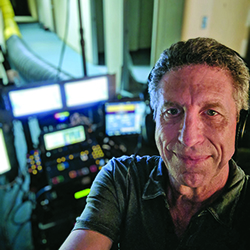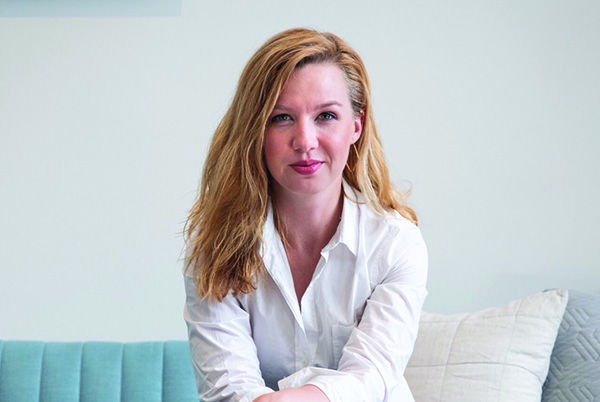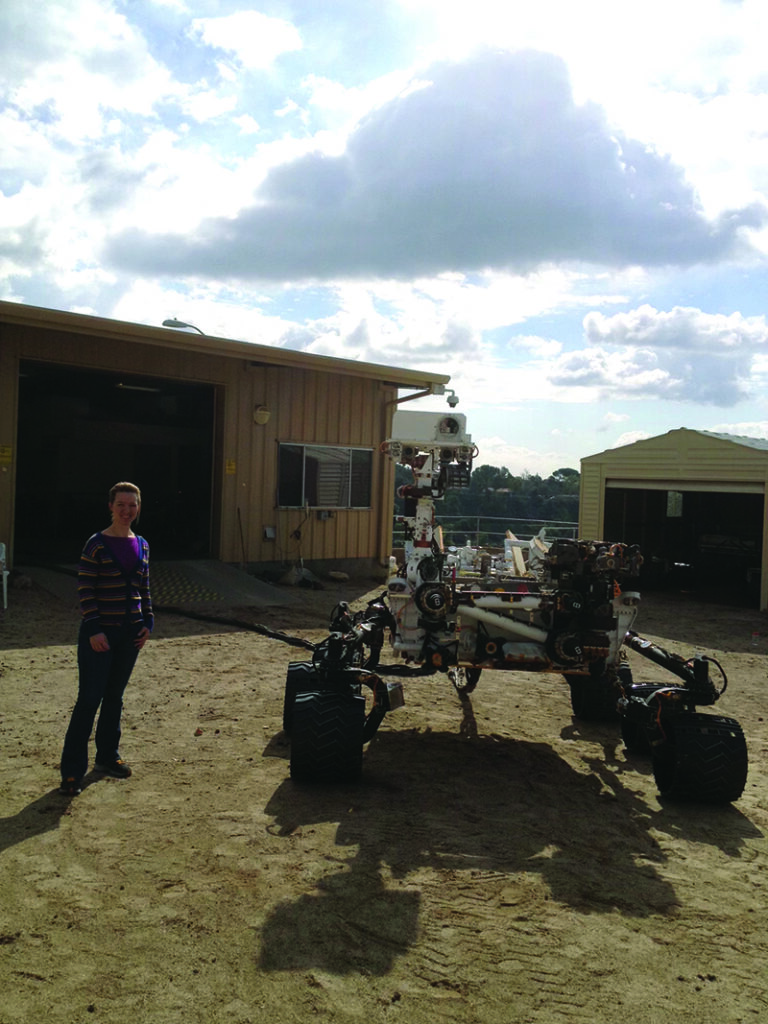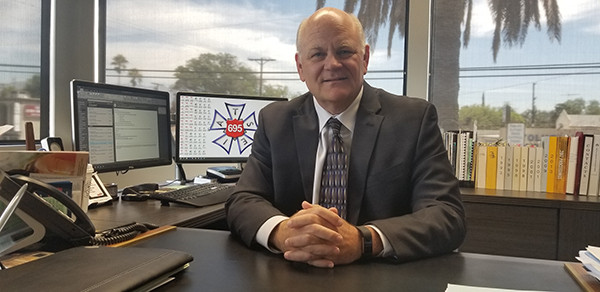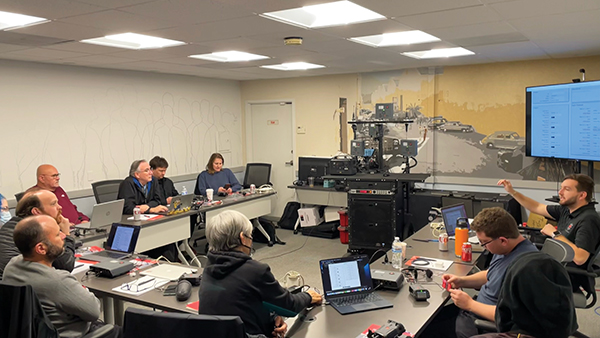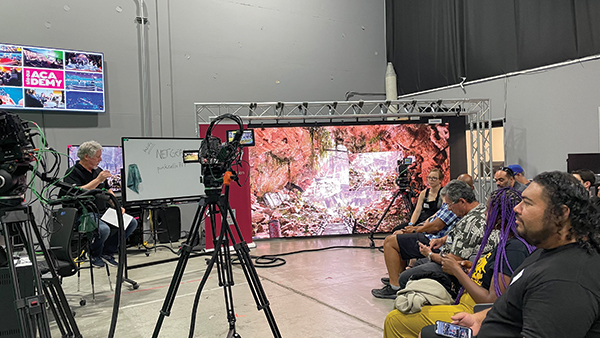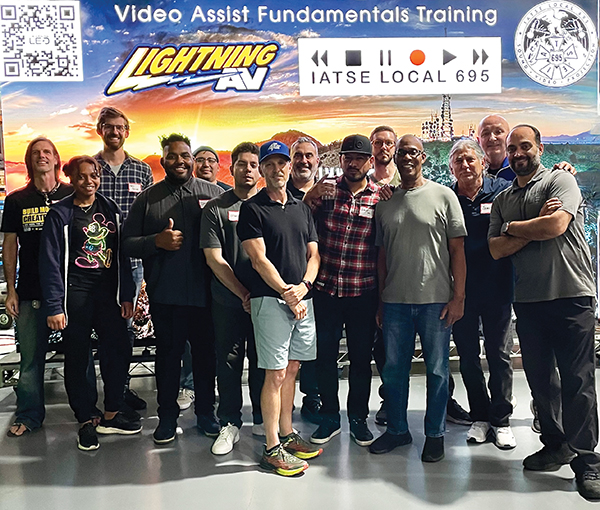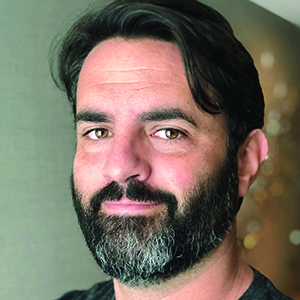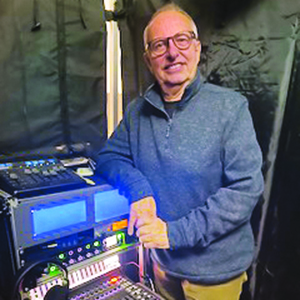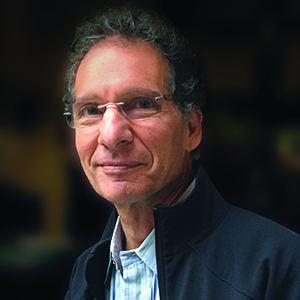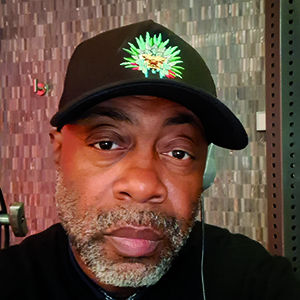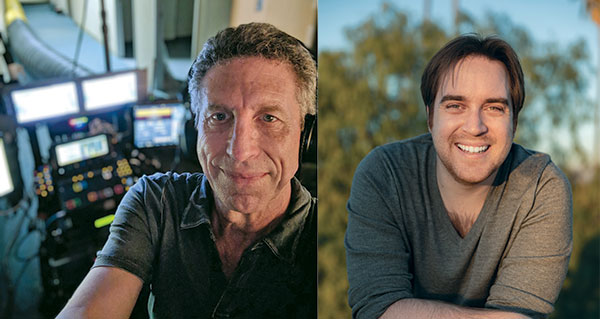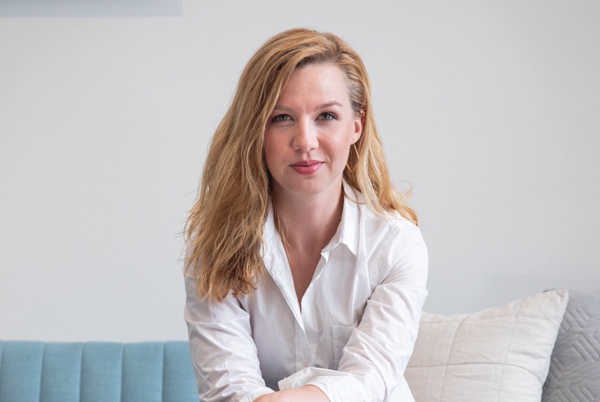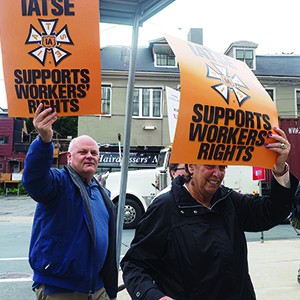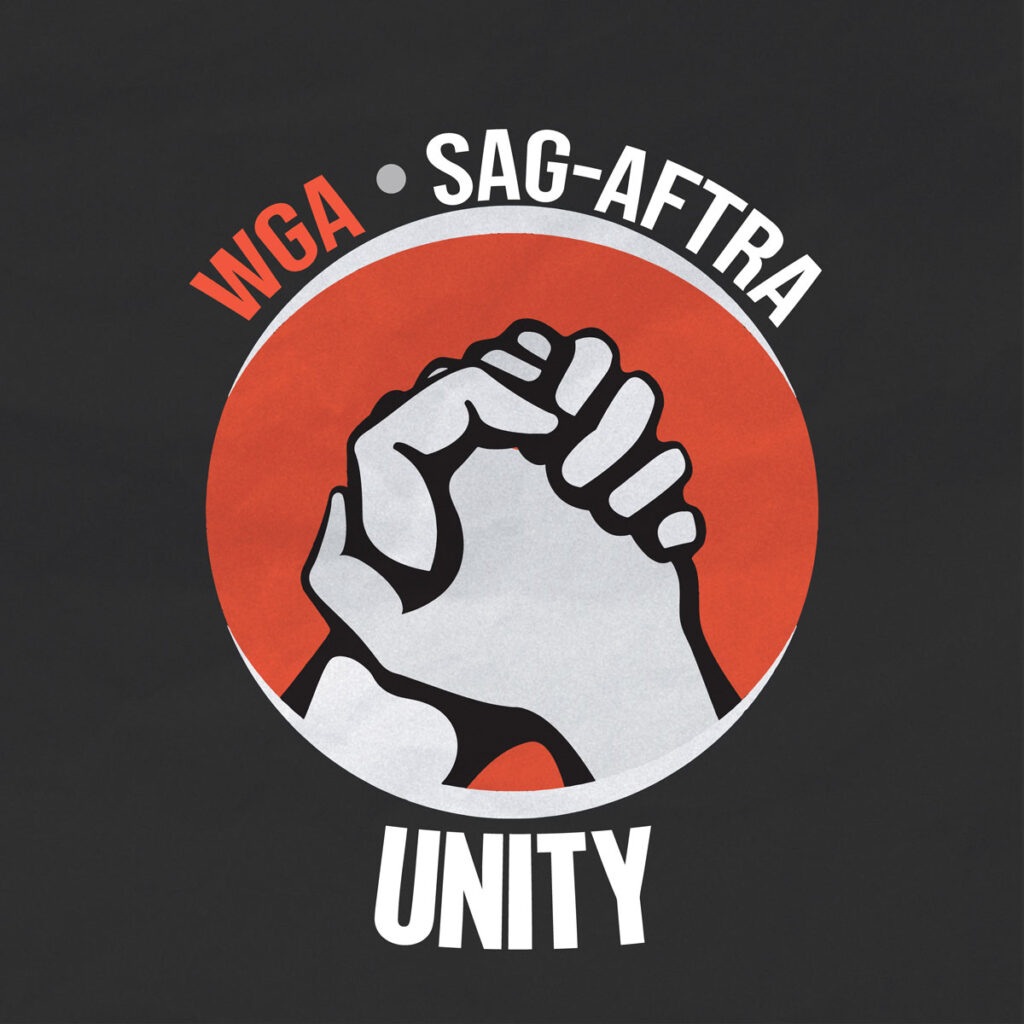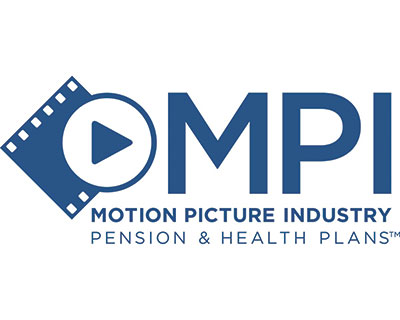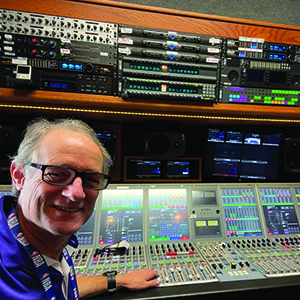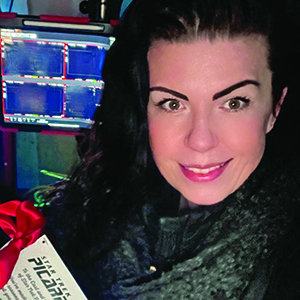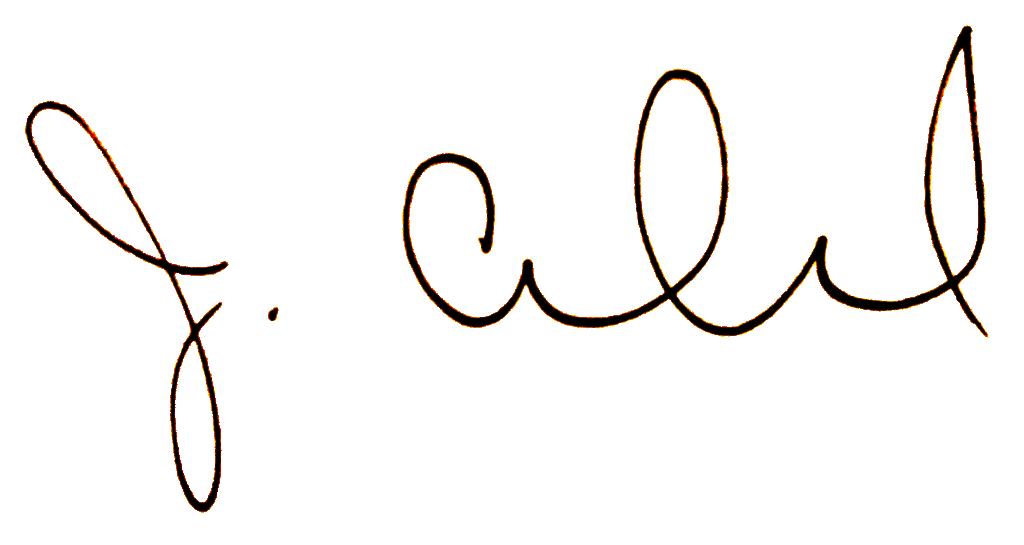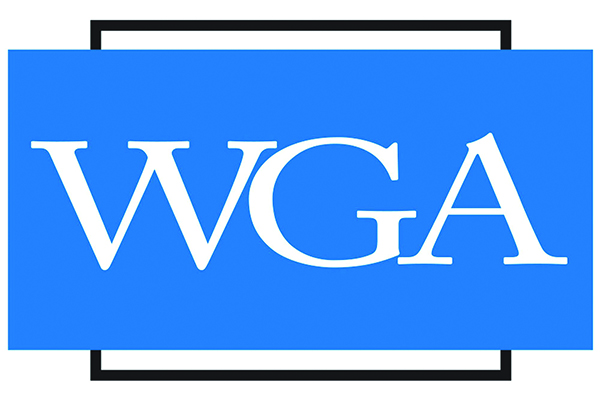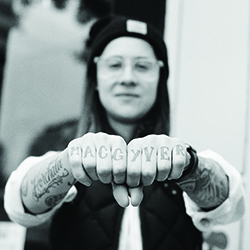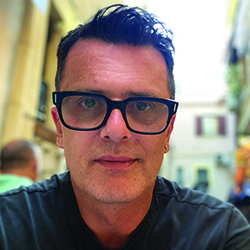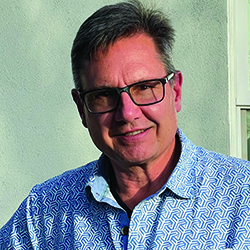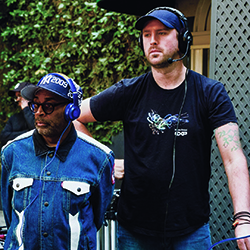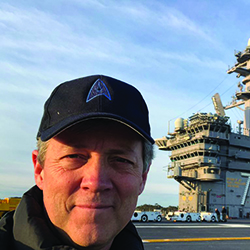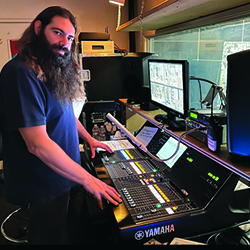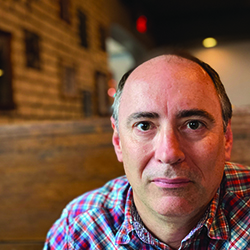
Richard Bullock CAS
Richard is from New York originally and began his film career in Seattle in 1995, transitioning from video assist to sound in 1999. His recent credits include The Color Purple, Weird: The Al Yankovic Story, 1883, and Mare of Easttown.

Püd Cusack
Püd has been working in the film industry since graduating from film school at The Dominican University, Chicago. After her first eight years as a Boom Operator, she moved on to production sound mixing. Receiving an Oscar nomination for The Mask of Zorro, and an Emmy nomination for Marvel’s Hawkeye, her third Marvel project. With more than eighty films on her resume, she has worked all over the US, as well as twelve countries and counting. Püd’s passion & devotion to the sound film industry continues to grow & flourish.
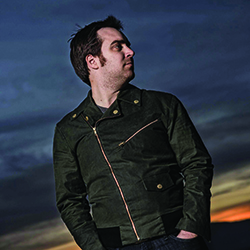
James Delhauer
James Delhauer was born in Southern California and never made it very far from home. Since 2014, he has worked as a television engineer specializing in Pronology’s mRes platform. He joined Local 695 because he desperately needed friends and has served as the Local’s Director of Communications since 2022. James is Co-editor of Production Sound & Video.
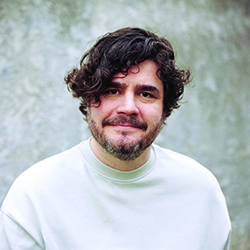
Sean O’Malley
Sean O’Malley was born in Youngstown, Ohio. He began his professional career in music as an Engineer at Track Record Studios, and has been a Production Sound Mixer since 2004. He cut his teeth working with the Duplass brothers on many low-budget features and followed them to scripted television with HBO’s Togetherness. Sean is a member of the Television Academy and has earned two Emmy nominations for Euphoria and BEEF. His most recent projects include The Idol and an upcoming feature, On Swift Horses.
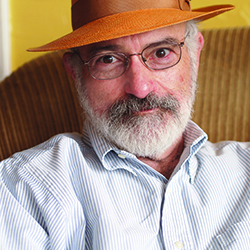
Mark Ulano CAS AMPS
Mark Ulano has been recording sound for film since 1976 mixing more than 150 film and television projects. He is a four-time Oscar nominee, most recently for Once Upon a Time in Hollywood, Ad Astra, and Inglorious Basterds. His work on Titanic won him an Academy Award for Sound Mixing, as well as the Cinema Audio Society Award for Best Sound Mixing for a Feature Film. Most recently, his work can be heard on Whitney Houston: I Wanna Dance With Somebody and in 2023 on the new Martin Scorsese spring release, Killers of the Flower Moon, starring Robert De Niro and Leonardo DiCaprio.

